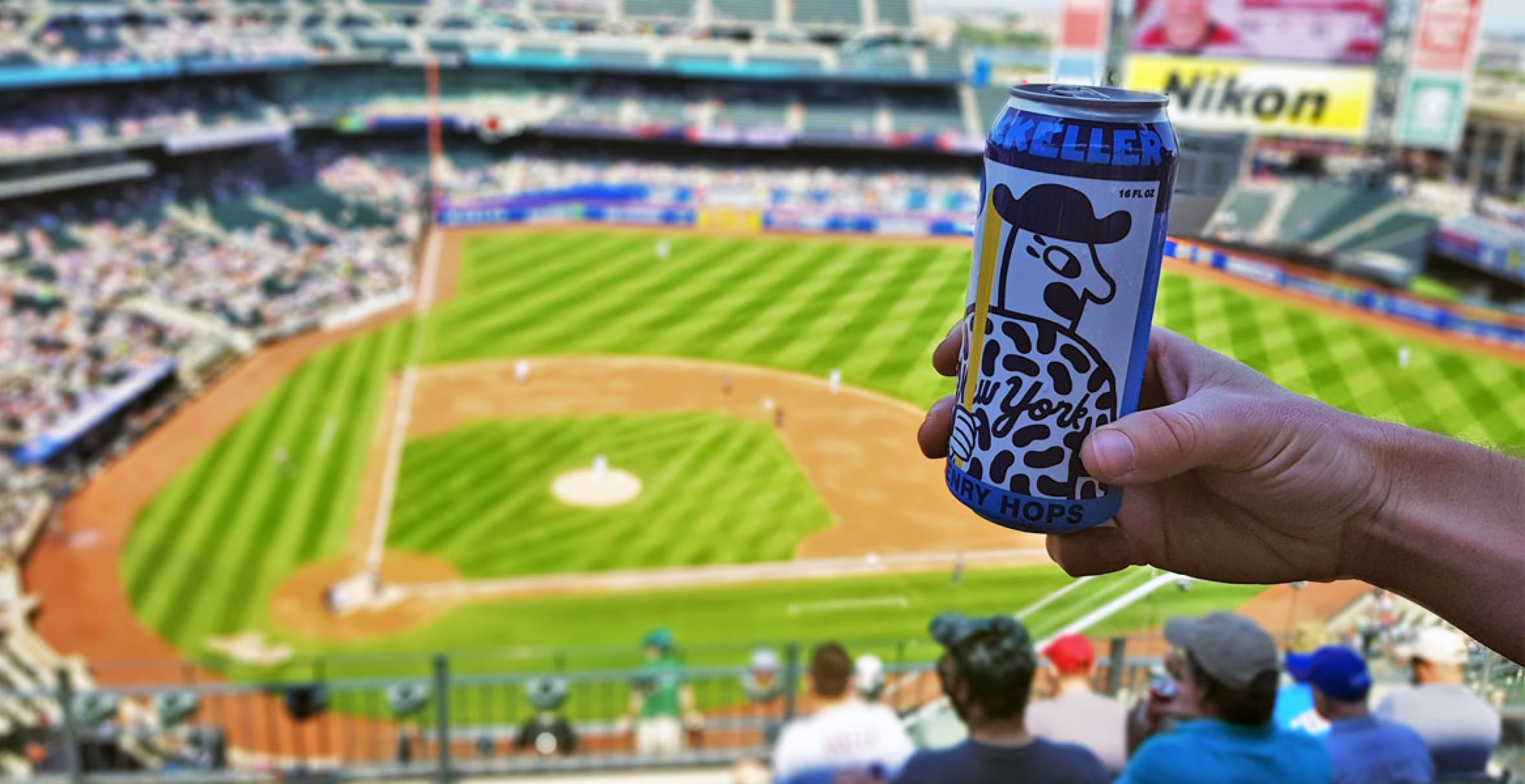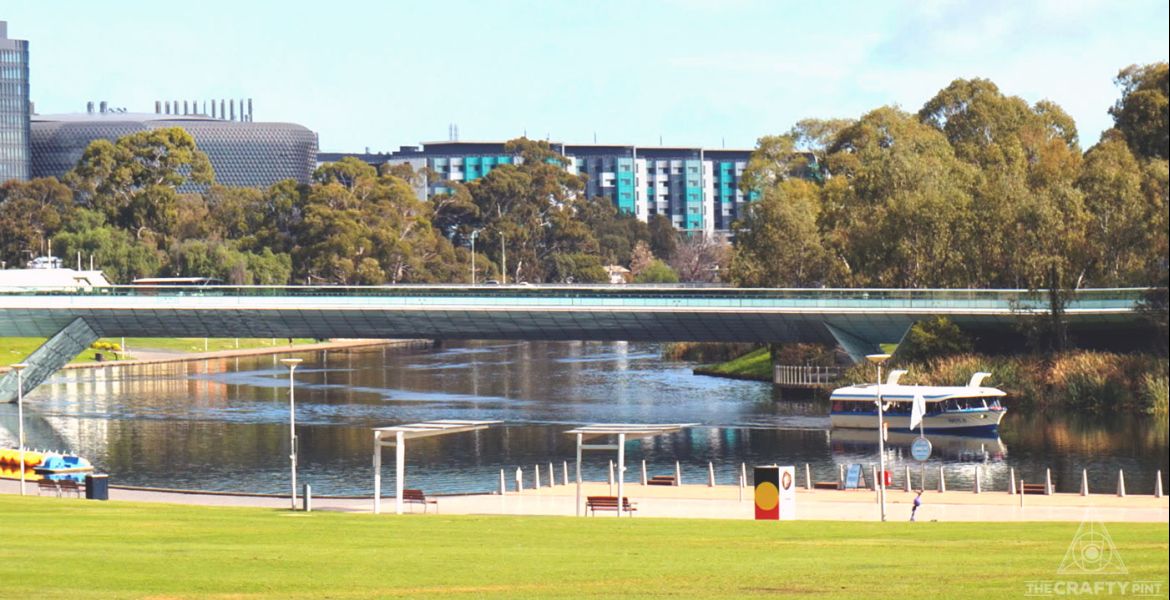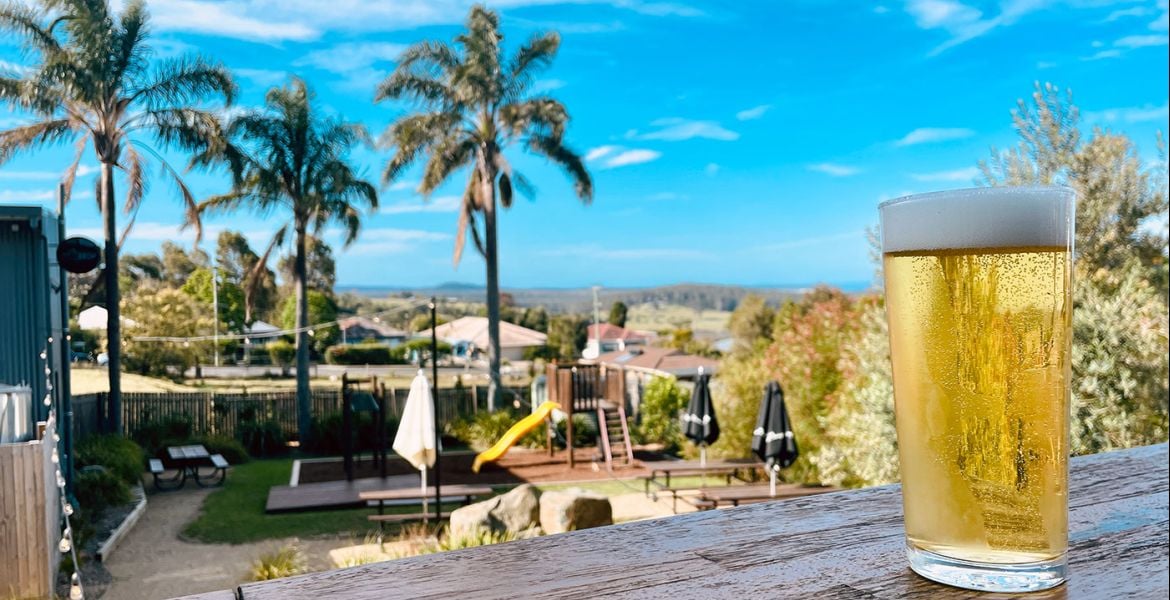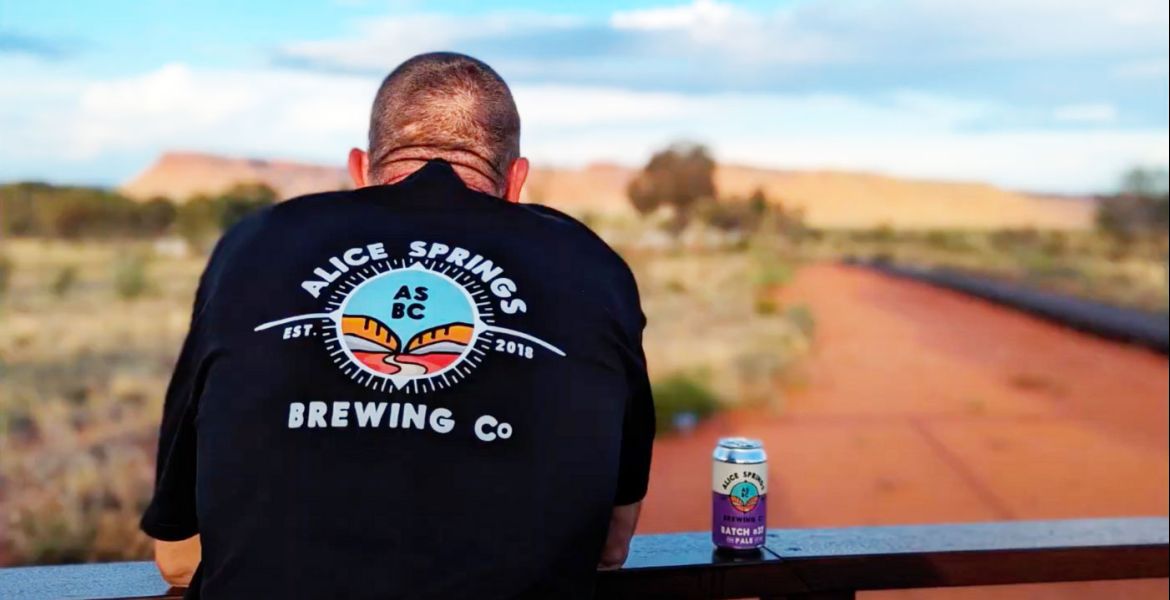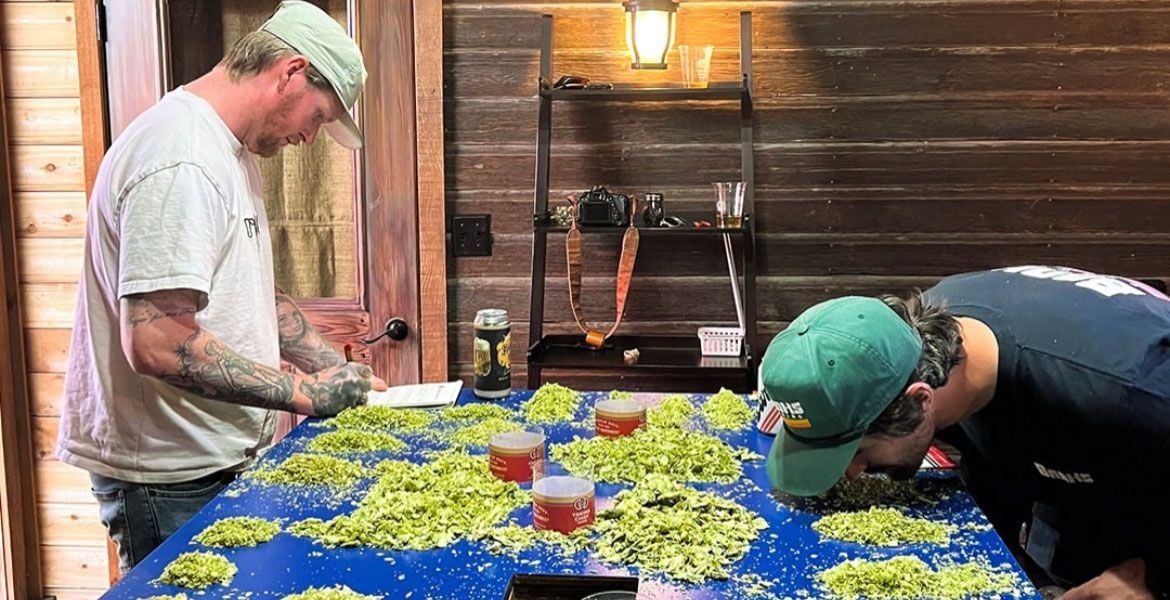As with most countries that have embraced craft beer, the Australian industry tends to follow what's happening – or has happened – in the States. It's easy to understand why, given the innovation and growth witnessed in the US.
So, as the local market continues to face new and evolving challenges – increased competition, acquisitions, price wars – what can we learn from a country where craft beer has penetrated so many facets of everyday life. On a recent trip to the US, Kerry McBride discovered just how far the tentacles of good beer have spread and spoke to some of the country's beer pioneers for their take.
Sitting in the bleachers of Citi Field to watch the New York Mets play while drinking a can of special release Mikkeller created especially for the team, it’s clear Australia has a little more catch up to do yet before beer culture extends its reach in the way it has in the United States.
But, at the same time, Australians visiting either coast of the US could easily come away with a skewed impression of a craft beer culture where every mom, dad and grandad knows (and loves) their IPAs.
In craft beer-centric cities like New York, Portland and Los Angeles, it’s almost harder to find a venue or corner store that doesn’t offer something independent and flavoursome but, in a country of 325 million, there’s plenty of ground still to cover.
For Garrett Oliver, brewmaster of Brooklyn Brewery in New York, American beer culture has taken a long and twisting route to get where it is today. Brooklyn, and some of its fellow cohorts such as Sierra Nevada, may have been making beer since the late 1980s, but it wasn’t until the early 2000s that much of the US really started to sit up and pay attention.
“I remember easily the days when, if you talked about IPA – obviously the biggest style internationally in craft beer – you would have to tell everybody what it was and why it was called India pale ale,” he says.
“It was only maybe a little over ten years ago that you could go to an event and finally nobody needed to be told what IPA was. It was just part of the vernacular.”
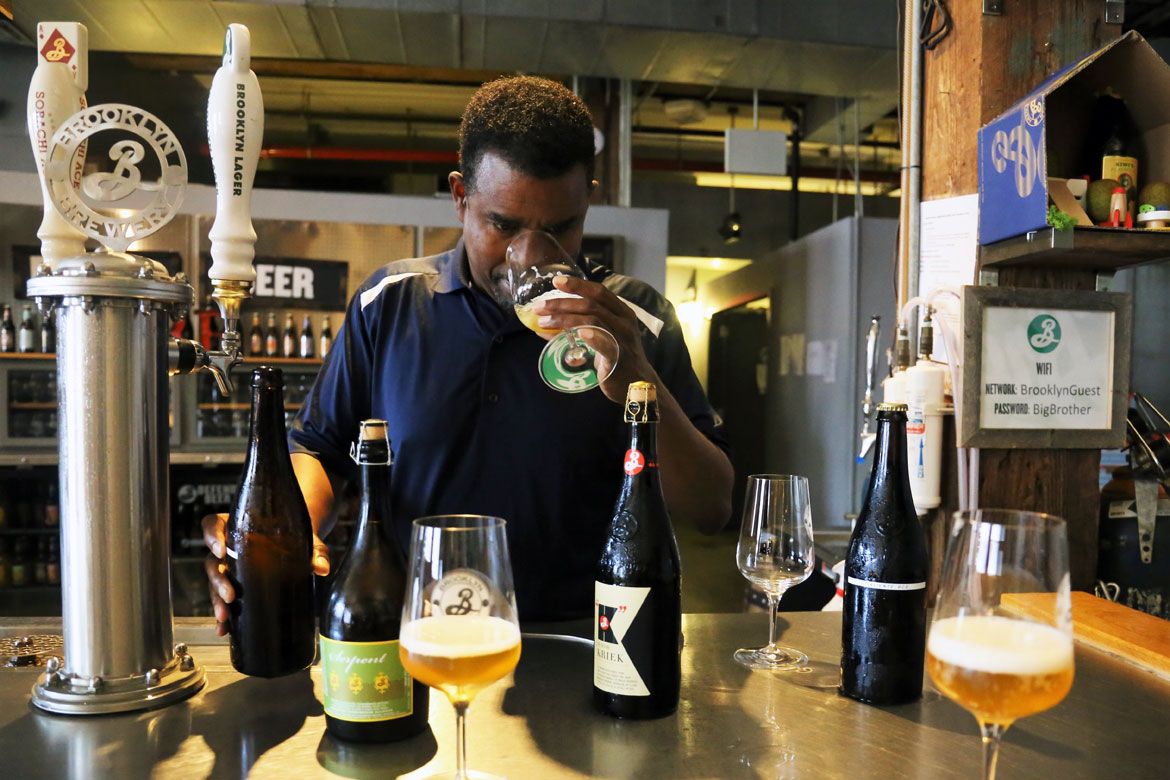
Before the turn of the Millennium, many in the beer industry would head to Europe and the UK to discover and explore beer culture, styles and flavours through visiting international breweries and bars.
“People go over to Europe, have this incredible experience, and then have to come back home to drink stuff like Heineken? No, thank you,” Garrett says.
“There’s all this food here, all this great bread, you’ve seen a hundred cheeses. Someone offers you a Heineken and you’re like, ‘No way. I’m not drinking that anymore.’”
Being able to turn down the usual macro lager requires availability and accessibility of unique beers, however. So, in an absence of options, breweries like New Belgium, Sierra Nevada and Brooklyn began to change the face of American beer.
But change doesn’t happen overnight, and America was well placed to absorb the establishment of a burgeoning number of independent breweries.
American excise laws, as well as the low minimum wage, are far friendlier to independent brewers than those here in Australia, where high excise and wages make starting a brewery an incredibly costly endeavour.
Natalie Cilurzo (below with husband Vinnie), co-owner of Russian River Brewing in Santa Rosa, California, believes those regulations help make all the difference. Anti-competitiveness laws prevent activities such as giving away beer as a sales incentive – a common reality in Australia. Breweries of any size are also unable to tie up every tap at a venue, giving smaller brewers the chance to break into the market.
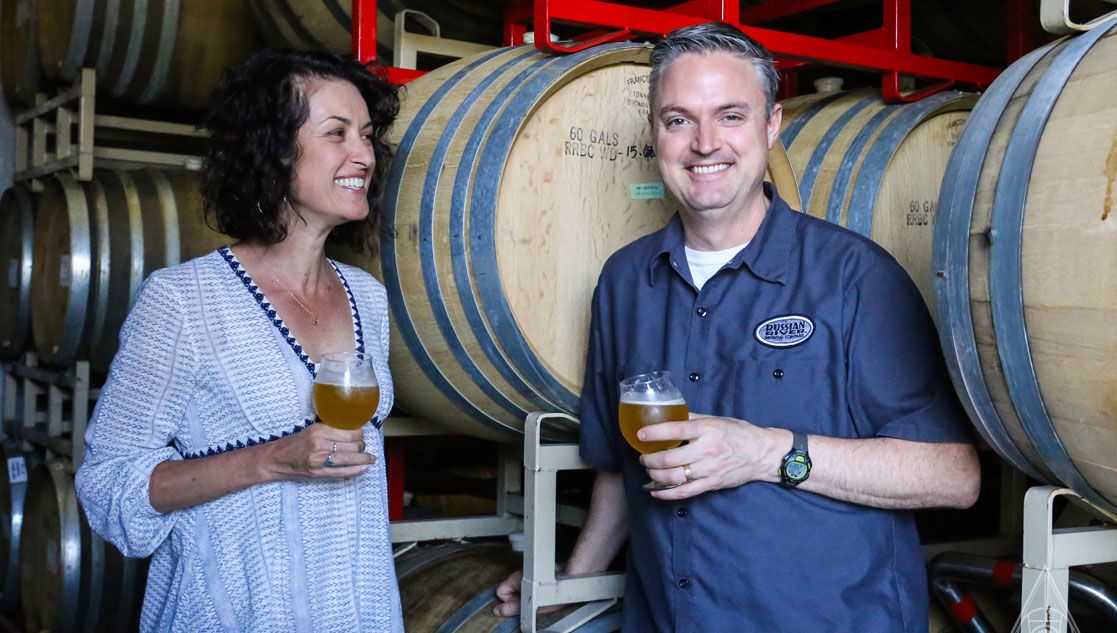
“If you think about AB InBev and Heineken and the Constellation brands, these guys are big, they could crush craft beer if we didn’t have these tied house laws in place,” she says.
“They were put in place after Prohibition to help the little guy compete in the marketplace. In Australia or New Zealand, or the UK, someone like Lagunitas could go open a bunch of pubs and pour nothing else.
“Thankfully, we can’t do that in the United States, because if we did then at every crossroads in Main Street, USA, you’d see big, big Budweiser banners and they would own everything in town. That right there in a nutshell is why craft beer does so well in the United States.
“That’s why people who make beer in Australia, New Zealand, Belgium, Japan, Germany, want to come to America. We have all these great laws in place that keep craft front and centre, and we’re lucky for it.”
It’s not just on Main Street that craft beer has made its mark. American beer lovers can get their fix at sporting stadia, at dedicated beer areas of music festivals, at highway diners, shopping centres and in tiny bottleshops in the middle of nowhere. Brooklyn Brewery has even partnered with burger chain Shake Shack so people can grab a Shackmeister Ale – a beer created especially for the burger joint – to go with their burger and fries.
But, outside of the main centres, the most reliable source of all is the brewpub. Even in the smallest of towns you might find at least a couple of breweries offering up their range of pales, IPAs and perhaps even sours for locals in a dedicated brewery bar. The Brewers Association estimated in 2017 there were more than 6,300 brewing companies in the US, of which there were 2,252 brewpubs across the country. Add in the 3,800 microbreweries and 202 regional craft breweries, and Americans are certainly not going thirsty.
Often, the beer from one of these brewpubs will never make outside the building, let alone the state it’s found in, but it’s still there pouring beers for all who might wish to try it.
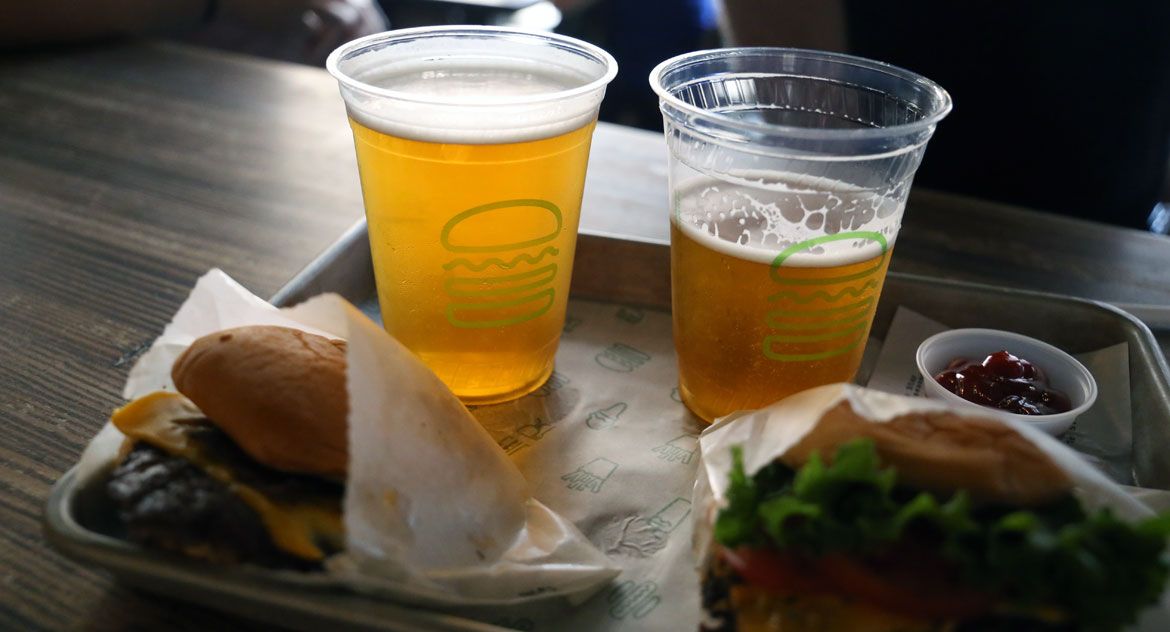
As Fixation’s Tom Delmont discovered on a recent trip to the US, brewpubs are part of the fabric of small towns, meaning you’re never too far from a halfway decent beer, even if you’re hundreds of miles from the coast. The trip took him through rural Michigan where, in the small town of Holland – population 33,000 – he was pleasantly surprised by what he found, with New Holland Brewing offering the locals high quality beer when there were few other options in sight.
“We couldn’t believe the quality of the beer in a town that had such a small population," he says. "Some other towns nearby had slightly more touristy brewing operations that weren’t as renowned, but they could still get beer.
“In another quite benign part of middle America called Munster, you can find a brewery like Three Floyds. I could take my kids into a heavy metal brewery front bar and see everyone just loving the beer. I spoke to the waiter and he just summed it up – people stop in Munster now. They never stopped in Munster before.”
It’s in this arena that Australia can perhaps learn most: if the people won’t come to the good beer, you simply have to take the good beer to them.
“I think it’s critical to do that,” Tom says.
“I think in previous years in Australia we’ve seen a lot of production brewery style setups, but we haven’t seen that visitor tasting room and hospitality side of it as often.
“But that’s changing now, and it’s a good thing in a lot of ways because people can have that tangible experience with a brewery.”
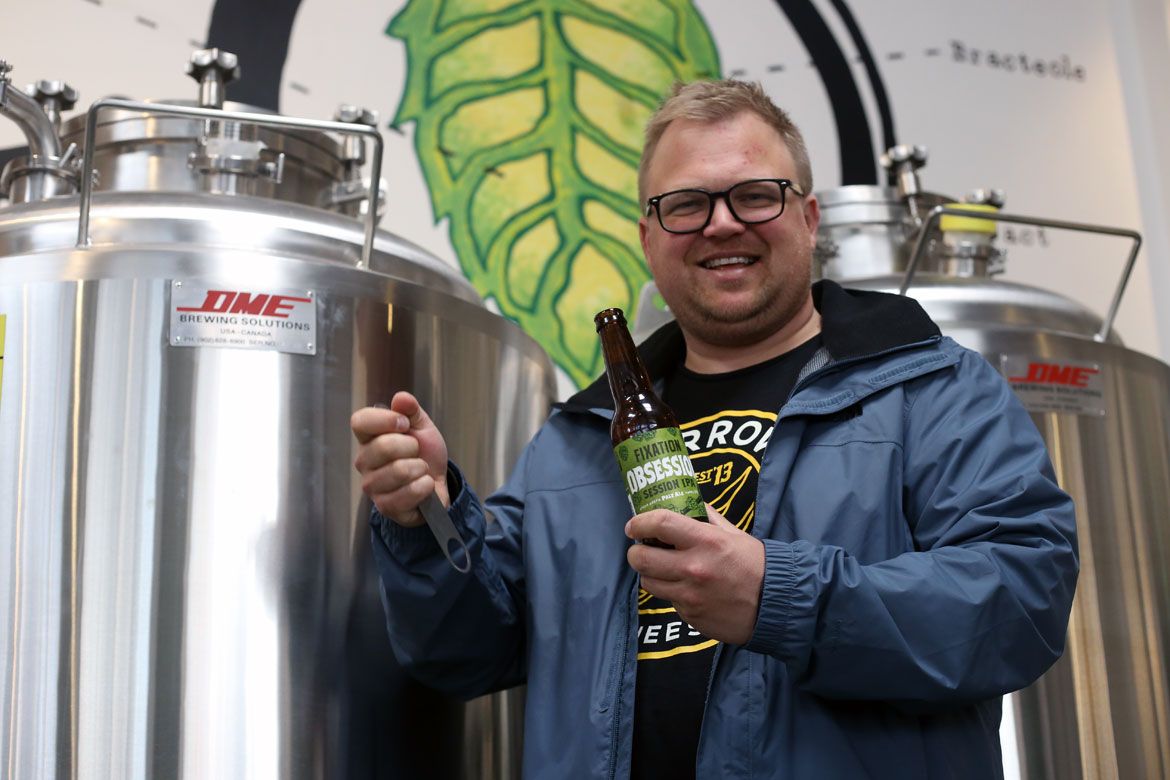
It’s a lesson from the US that Tom is taking to heart, as his team puts the final touches on Fixation’s new Collingwood brewpub, which will have a dedicated tasting room once it opens. Up until now, with Fixation a partnership between Tom and the Stone & Wood group, all of its IPAs have been brewed at the latter's two breweries in the Northern Rivers region of New South Wales.
“We’re going to see more and more people doing what we’ve opted to do," Tom says. "We’re building a home that’s not necessarily going to make all of our beer, but will be a touchpoint for consumers and fans of our beer to interact with our business and learn what we’re all about.”
But, even as brewpubs and corner stores offer up variety to whoever might seek it out, America is still dealing with the same growing pains as other craft beer cultures all over the world. Walk into a tasting room or beer festival, and you’ll still be staring at an audience that is mostly male, often bearded, and predominantly Caucasian.
The best way to move through that, Garrett has found, is to stop making assumptions.
“I have really moved away from where I was maybe 12 years ago, where I’d go to a public tasting, look around the room and see a couple of 22-year-old women, a 75-year-old lady with blue-rinsed hair, maybe an old dude in his late 60s and a bunch of younger guys.
“I used to – and I’m ashamed of this now – feel like the young guys were the craft beer geeks in the room and I’d play to them. But, at the end, the girls who might have said they didn’t really like beer will ask you where they can buy the funkiest, hoppiest, most interesting things at the table.”
By letting go of those expectations, beer could become a much more open and welcoming place to everyone, he says.
“I used to say, ‘Oh, I’m not going to serve Black Ops or something super sour. They’re not going to be able to handle it.’ After a while, I came to realise that, when you say that, that is your ego telling you that you’re special and they’re not, and you’re always, always wrong.”
Yet, even as the American beer movement grows, different problems arise. More beer drinkers means quicker adoption of new beer trends or styles, and often a flooding of the market with products that target the Zeitgeist, but miss the mark.
In the last couple of years, a key example in both the US and Australia has been the sudden rise of the New England IPA. A style not widely understood became wildly popular and prolific, thanks to a degree to online beer culture and the desire from beer fans to seek out something new; locally, you could argue a rush by brewers to release some form of sour has had similar hit and miss results.
“I understand that a movement goes through phases," says Garrett. "We are now, for many people, in the American phase.
“This is flattering on one hand, being among the people who’ve helped do craft beer in the United States over the last 25 years. But, at the same time, it’s really, really boring, because you go everywhere and it’s the same damn beer over and over and over again.”
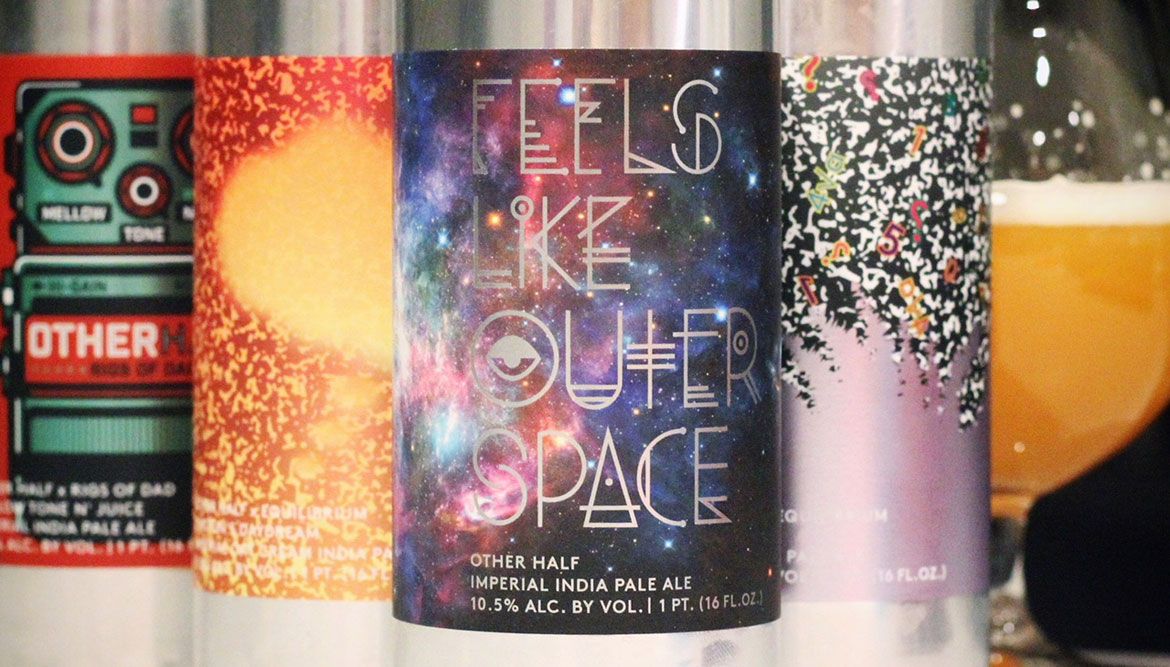
The hyped nature of the NEIPA style – and the need for it to be drunk fresh – has created a culture in the US where drinkers will wait for the latest new release, but never drink it again afterwards.
“There are certain people who will wait online or out the front of a building to get the cans. But if that can is ever released again, they won’t show up.
“And I know from talking to the breweries who make these things that you can release everything once, and that’s it. So people kind of make the same beer over and over again with a different name and a different label, and it’s like, really?
“I mean, I like some of those beers, too. I always love any brewery trying something new and experimenting because that’s so important! But I’ve gone 28 years brewing professionally now, you start to see the hemlines move up and down.
“The hairstyles go back and forth. Beards are in, beards are out. T-shirts are tight, t-shirts are loose. I’ve seen everything before. It’s like, ‘OK, this week you like black IPA or NEIPA. Next week, you’ll like this.’”
Tom also believes that, while experimentation is crucial, breweries, wherever they are based, need to ensure they are committed to producing quality beer instead of only chasing the latest trend – an issue that gave the US a rude awakening during one of its major growth stages.
“I am concerned that some beers are getting pumped out there without regard for how they’re handled,” he says.
“It might be a good bandaid at the moment to pump some beer out there that’s in demand – it could be sours, NEIPAs, anything – but, without resources or commitment to seeing it get to consumers in great condition, we run the risk of ending up in a bit of a hiccup like the US went through in the 90s.”
Instead of following the US example, Garrett would love to see Australian breweries exploring their own backyard and creating a unique voice for Australian beer.
“I think, or at least I hope, the next evolution in Australia is people thinking about what is truly Australian in beer," he says.
“How great would it be to get to the extent that people in other countries ten or 20 years from now are brewing Australian pale ale? There’s a path to be carved that only Australian breweries can take.”
The best way to carve that path, he has found, is often through food. A lot of his early conversations around beer came by way of the dinner table, or convincing people to try a saison with their salmon instead of a chardonnay. By tying beer to food, the opportunities to break down walls and extend beer’s reach increase exponentially. For a country like Australia where beer choices are often divided along state lines and defended fiercely in a style akin to barracking for a footy team, food is the way into a wider conversation about flavour.
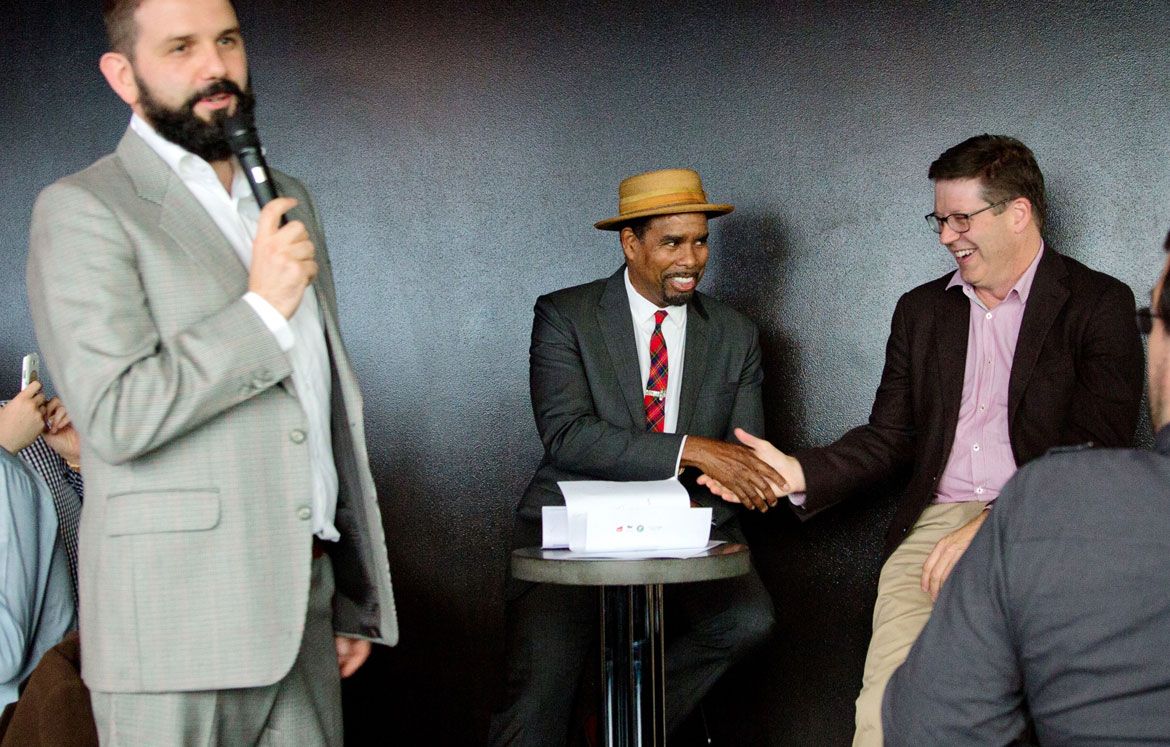
“If I’m out for dinner I can show up with only my beer and you have the entire world of wine, you still can’t win, because I have all the weapons,” he says, something he showcased at a past Good Beer Week event at Vue de monde, where he saw off a fierce challenge from Ten Minutes By Tractor owner Martin Spedding over five courses paired with beer and wine.
“You have a grape. You have one ingredient. I’ve got all the ingredients. I can bring smoke. I can bring spices. I can bring sweetness. I can bring bitterness. How are you really going to outdo that?”
Over the last two decades, Brooklyn and other US breweries have taken that approach to introduce beer into more conversations, more environments, and more fridges across the country.
But how do you bridge the gap between an engaged audience at a beer festival and a footy fan whose only prerequisite is that their beer is cold?
“You just have to give them the tools,” he says. “Trust them, put your real shit in front of them instead of all of these ‘gateway’ options you always hear about. They’ll find it when they’re ready, and they’ll tell their friends too.
“You don’t have to do everything. All you need to do is open the door and say, ‘There’s some really cool shit in there. You should check it out.’”
About the author: Kerry McBride is a reformed newspaper journalist who has taken the well-trodden path from Wellington to Melbourne. Her love for bad puns is matched only by her love of hoppy beers and Hallertau Funkonnay.




